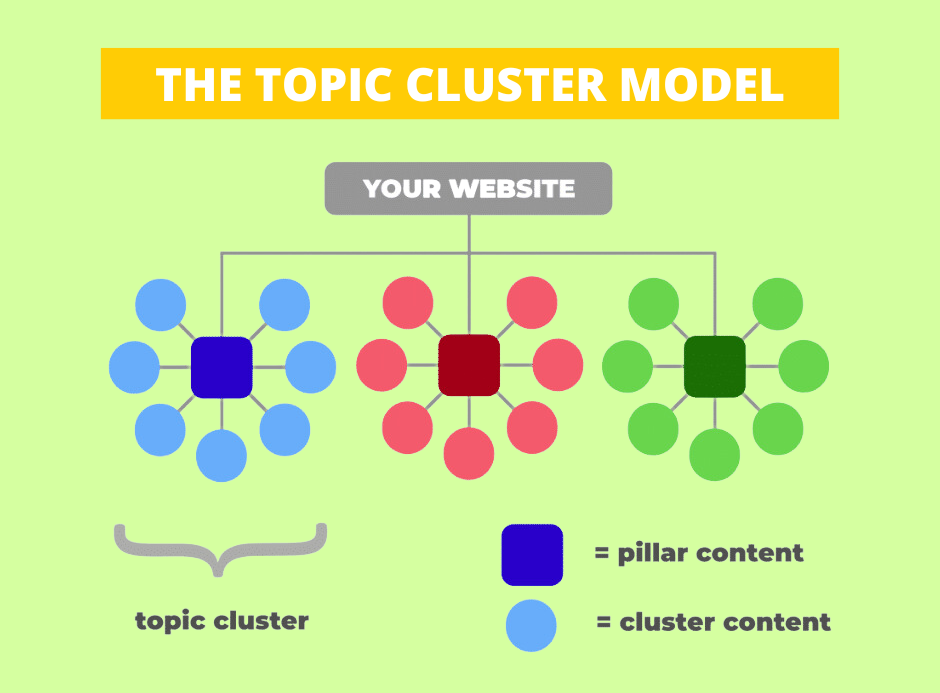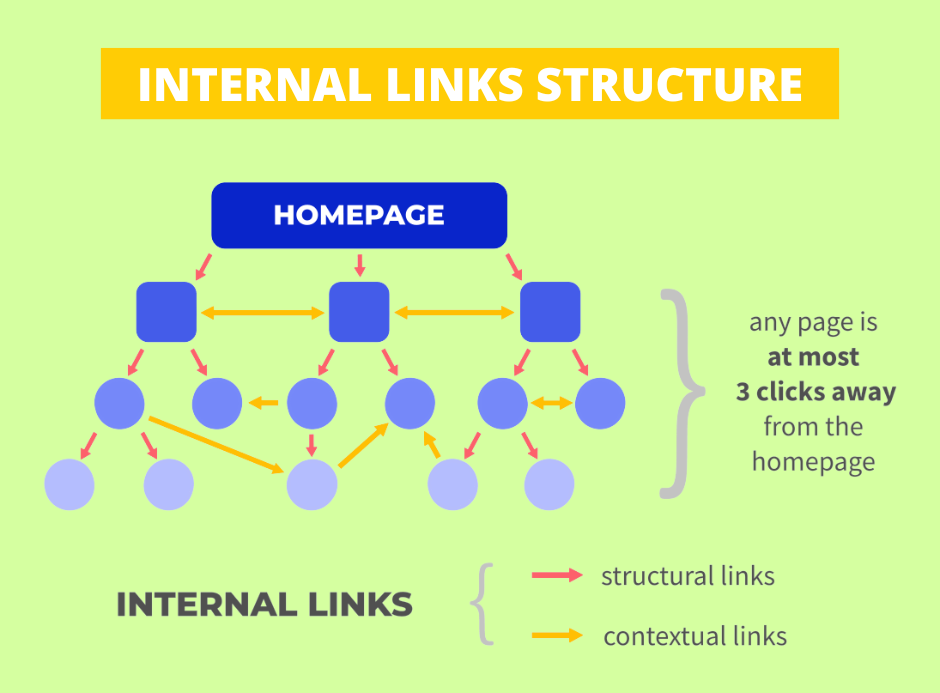Transform Your Content Strategy with Clustering: 5 Steps
Topic clustering offers benefits like enhanced website authority, adequate internal linking, and more focused content ideation. But how do you ensure efficient topic clustering and achieve these benefits? As a leading agency for services like technical SEO content writing, content marketing, etc. BrainMine answers it.
What Do You Mean by a Cluster Strategy?
Cluster strategy has evolved to become a crucial aspect of content marketing. It is a technical SEO activity that helps build a network of content based on main and subtopics. Precisely, the network is called a topic cluster. The cluster helps websites connect interrelated content with internal links. Here, the core content is termed the pillar page, and related topics and subtopics are called cluster posts.
Cluster Keywords and Topics in 5 Steps
Let’s see how to cluster keywords and topics in five steps.
1. Perform Keyword Research
At the outset, collect all the keywords relevant to your website. You can perform research manually or use Google Keyword Planner to do it. Of course, the latter is a quicker, more efficient, and more comprehensive option. So, what do you do while performing keyword research? The steps include the following.
- Find all the keywords for which your competitors rank.
- Do keyword gap analysis to find keywords for which your competitors rank, but you don’t.
- Use Google Keyword Planner and Search Console to extract keywords.
- Fetch extra keyword ideas from Related Questions or Google’s Related Searches.
- Broaden your keyword list with various possible keyword combinations.

2. Discard Low Potential Keywords
Comprehensive keyword research will help you have all the keywords related to the topic in your list. But you don’t have to work on or include each, as not all of them will be relevant to you. Accordingly, the next step is to scan the keyword list and remove the irrelevant search terms. It can take time, as you will do it manually.
Now, how to know if a keyword is irrelevant? For instance, you can remove keywords with low search volume, which means keywords that will not drive much traffic.

3. Form Topic Clusters Via Grouping
Now that you have a list of the best and potentially advantageous keywords, proceed with grouping them and building topic clusters. You should keep one keyword group to target a single page covering a particular topic and a single search intent. Here are a few factors you must consider while performing keyword grouping.
- Search Intent: You should have one search intent, like navigational, informational, etc., per keyword group.
- Relevance of the Topic: All your keywords in a particular group should relate to a particular topic. These could be synonyms or other related terms.
- Keyword Search Volume: Pillar pages are placed at the apex of the site structure, as they have a higher-ranking potential. Thus, these pages cover a broad topic and target highly competitive keywords. Cluster pages are placed next, as they cover specific keywords with relatively low competition.
Target a single topic cluster at a particular time, especially when you have hundreds of keywords to deal with. Create the pillar page and select the proper keywords (broadest terms with high search volume and keyword difficulty) for the page. Scan the list of remaining keywords to choose the same topic keywords. You should now have your keyword folder ready. Next, create subfolders, which are the future topic cluster pages.


4. Build or Update Your Content
Once you group all keywords, start building or updating your SEO content. Choose the form of content based on the keywords in your folder. For instance, if they are information-based, consider creating blog content. Focus on creating pillar pages first and then proceed to create the supporting cluster pages.

5. Ensure Proper Interlinking in a Cluster
The last step is ensuring correct internal linking between the pillar and cluster pages. Preferably, do it before you publish your content. You may do it later as well. But it helps royally to do it before the content goes live. Some fundamental rules to know while doing internal linking include the following.
- Every cluster page should be linked to the pillar page at least once.
- Your pillar page should also be linked to the relevant cluster pages.
- Ensure all your cluster pages are interlinked.
- Link your homepage to pillar pages
- Look for broken links
- Check links that connect to outdated or irrelevant content.
Have descriptive anchor text and include relevant keywords in them.

Conclusion –
Topic clustering is a time-consuming process that can become tedious. Nevertheless, the benefits far outweigh any minor drawbacks. To ensure success, it is crucial to follow these four simple rules:
- Conduct diligent keyword research to reap the rewards.
- Keep topical relevance, search intent, and traffic potential in mind when grouping keywords.
- Prioritize quality over quantity and focus on creating in-depth content.
- Intentionally plan internal linking with SEO in mind.
Ace the digital space with BrainMine’s technical SEO strategies, content writing, and marketing solutions. We keep ourselves updated with every latest development in the SEO space to help keep our clients maintain their search engine rankings.
Our solutions continue to help websites from multiple business domains enhance search engine rankings at the hyperlocal, local, national, and global levels. Please contact us to connect with our technical SEO content marketing experts.


